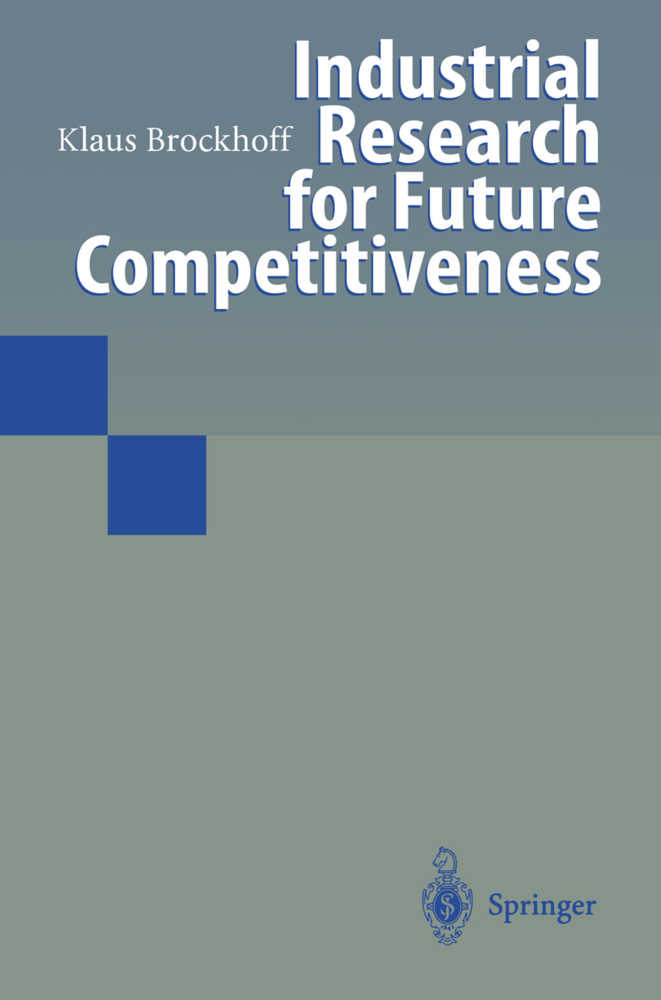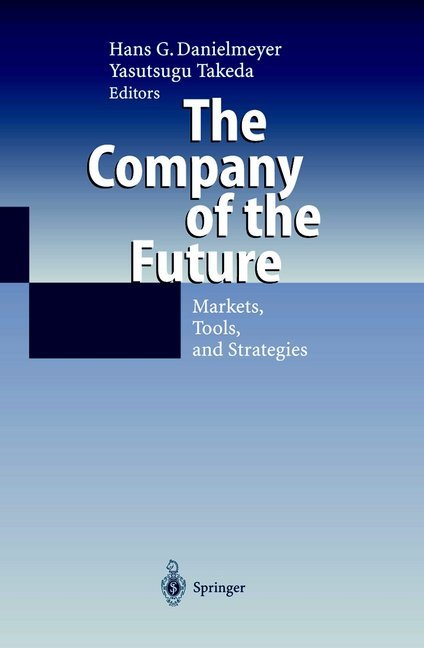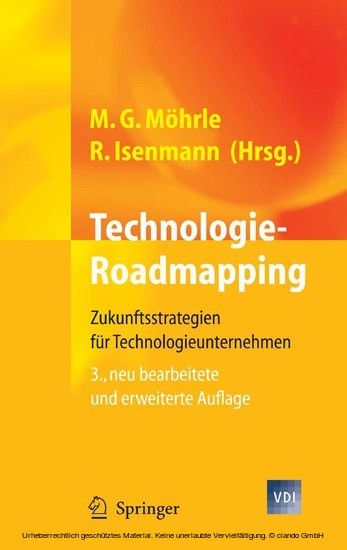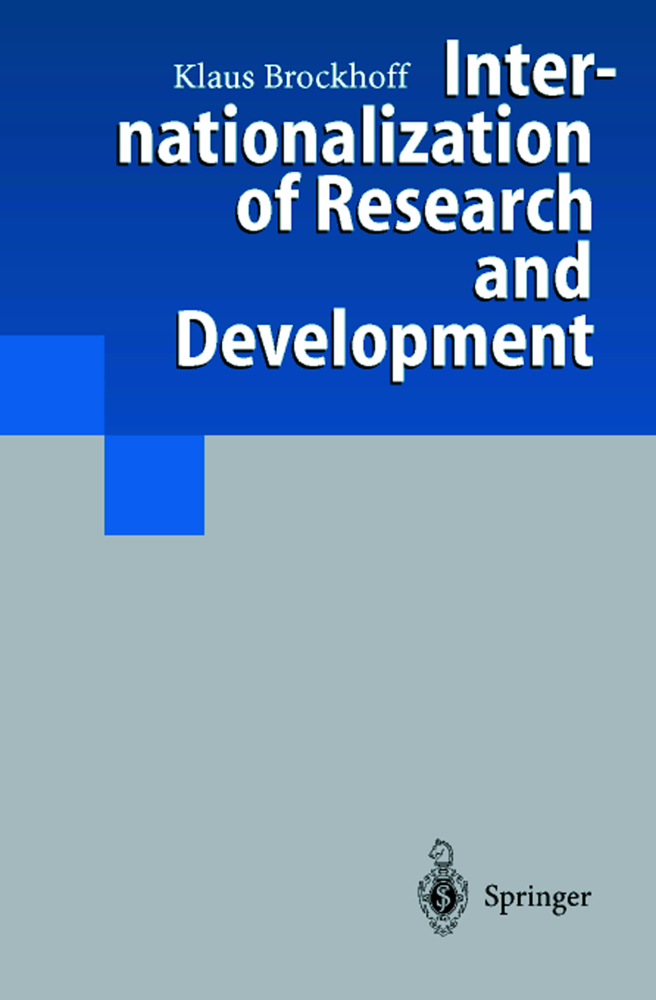Industrial Research for Future Competitiveness
Industrial Research for Future Competitiveness
Industrial research has come under pressure. Will recent budget cuts reduce competitiveness? Based on interviews in Japanese and European high-tech firms it is shown that research supports important potentials. These can be used for project funding, location decisions, and an analysis of sufficient conditions for research success. Careful management of the potentials should improve future competitiveness, and it should help to understand why industrial firms benefit from research and how.
2.1 Problems of measurement and definition
2.2 Appropriability and transferability of research results
2.3 Specific risks of research
2.4 Specific benefits from research
3. Reasons for research
4. Research as a source of potentials
5. Research potentials and project funding decisions
6. On property rights and project potentials
7. Research potentials and relative share of research
7.1 Mandatory research
7.2 Mandatory research and transfer cost
7.3 Supportive research
7.4 Tests of the basic relationships
7.5 Estimates of research elasticities
7.6 Limits to research expenditure
8. On sufficient conditions for research success
9. Primary research potentials as a necessary condition for research success
9.1 A taxonomic approach
9.2 Diagnosis of trouble
9.3 Suggestions for building potentials
9.4 How much attention for each function?
10. On locating research
10.1 Qualitative analysis
10.2 Modeling the location decision
11. Conclusions
Basic research expenditures as a percentage of total research and development expenditures in major industrialized countries, 1971-1993
Nominal and real industrial research expenditure in three countries (Germany, Japan, U.S.)
The relationship between the share of industrial research expenditures and the interest rate in Germany for three industries, 1965-1991
Example of a Mission Statement
Literature.
1. The crucial question: to invest or not to invest in research?
2. Characteristics of research2.1 Problems of measurement and definition
2.2 Appropriability and transferability of research results
2.3 Specific risks of research
2.4 Specific benefits from research
3. Reasons for research
4. Research as a source of potentials
5. Research potentials and project funding decisions
6. On property rights and project potentials
7. Research potentials and relative share of research
7.1 Mandatory research
7.2 Mandatory research and transfer cost
7.3 Supportive research
7.4 Tests of the basic relationships
7.5 Estimates of research elasticities
7.6 Limits to research expenditure
8. On sufficient conditions for research success
9. Primary research potentials as a necessary condition for research success
9.1 A taxonomic approach
9.2 Diagnosis of trouble
9.3 Suggestions for building potentials
9.4 How much attention for each function?
10. On locating research
10.1 Qualitative analysis
10.2 Modeling the location decision
11. Conclusions
Basic research expenditures as a percentage of total research and development expenditures in major industrialized countries, 1971-1993
Nominal and real industrial research expenditure in three countries (Germany, Japan, U.S.)
The relationship between the share of industrial research expenditures and the interest rate in Germany for three industries, 1965-1991
Example of a Mission Statement
Literature.
Brockhoff, Klaus
| ISBN | 9783642645532 |
|---|---|
| Artikelnummer | 9783642645532 |
| Medientyp | Buch |
| Auflage | Softcover reprint of the original 1st ed. 1997 |
| Copyrightjahr | 2012 |
| Verlag | Springer, Berlin |
| Umfang | 150 Seiten |
| Abbildungen | XVI, 150 p. |
| Sprache | Englisch |










